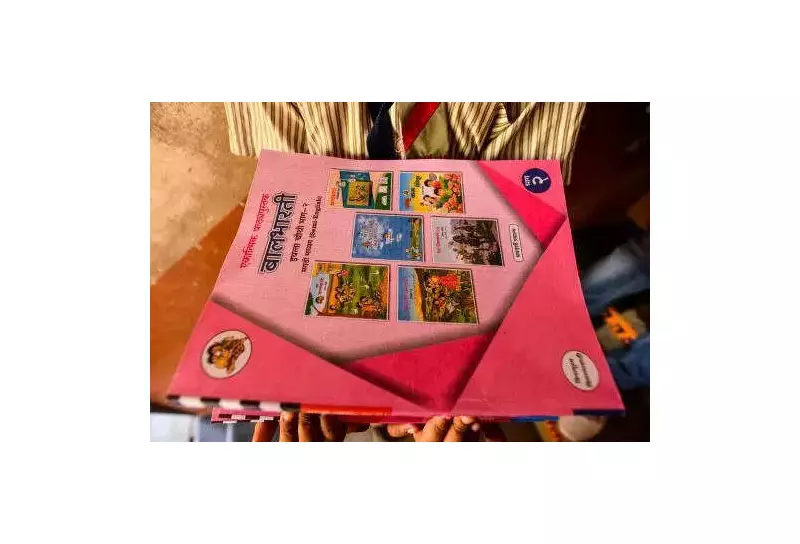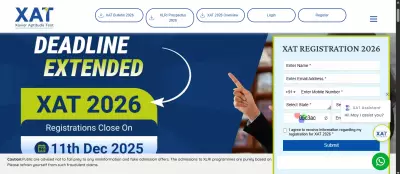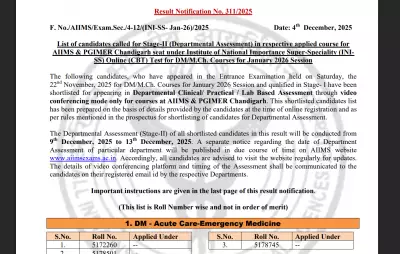
In a surprising move that's raising eyebrows across Maharashtra's educational landscape, Balbharati has implemented changes to its textbooks that have resulted in a noticeable reduction in content quality. The state textbook bureau's decision to increase font sizes has come at a cost - literally cutting down educational content by approximately 7%.
The Font Size Dilemma
The controversy stems from Balbharati's well-intentioned but poorly executed decision to enlarge text in school textbooks. While the initiative aimed at making reading easier for students, the unintended consequence has been a significant trimming of educational material. Pages that once contained comprehensive information now feature larger text but fewer words, leading to what experts are calling a 'dumbing down' of curriculum content.
Educational Impact Assessment
Education specialists who have analyzed the revised textbooks express serious concerns about the long-term implications. The 7% reduction in content quality isn't just about fewer words on a page - it represents missing explanations, simplified concepts, and potentially gaps in students' understanding of fundamental subjects.
What's Being Lost?
- Detailed explanations of complex topics
- Supplementary examples and case studies
- Historical context in social studies
- Mathematical problem-solving approaches
- Scientific experiments and methodologies
Stakeholder Reactions
Teachers across Maharashtra have reported challenges in delivering comprehensive lessons with the revised textbooks. Many find themselves supplementing the reduced content with additional materials, essentially defeating the purpose of having standardized textbooks. Parents, too, have noticed the changes, with some expressing concerns about their children receiving a diluted education.
The Accessibility vs Quality Debate
While improving readability for students is undoubtedly important, the question remains: should accessibility come at the cost of content quality? Educational experts suggest alternative approaches could have maintained both readability and educational rigor, such as increasing page count or improving layout design without sacrificing content.
Looking Forward
As the academic year progresses, the true impact of these changes will become clearer. Education authorities face mounting pressure to reconsider their approach and find a balance that serves both readability needs and educational excellence. The situation highlights the ongoing challenges in textbook development and the delicate balance between form and function in educational materials.





